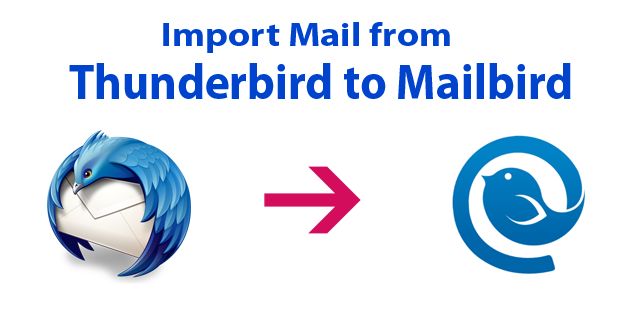

Windows XP, Windows Vista, Windows 7 (2009) Proprietary database without access interface, your emails are locked in proprietary database - this makes it difficult to export data (EML / ESE / JetBlue format)Īll modern Windows (and future Windows), Windows 11, Windows 10, Windows 8.1, Windows 8, Windows 7, Windows Vista, Windows XP, Windows 2000 Proprietary database with access interface (API) (EML / ESE / JetBlue format) Undocumented (closed source) proprietary database with access interface (API) (DBX format)

Public domain database formats (your email data belongs to you), all formats are documented in the help (SQLite/MBX format) More features missing, ribbons, unintuitive, takes more time for the former Outlook Express user to get used toĬomprehensive set of rules and actions, easy to use Simple, but some features missing like identities FeatureĮasy to use, very similar to Outlook Express The table is based on user comments and our technical research. This table shows some of similarities and differences between OE Classic, Outlook Express, Windows Mail and Windows Live Mail. How does OE Classic compare to Outlook Express, Windows Mail and Windows Live Mail? Your data always belongs to you as it is stored in a public-domain format and there are no storage size limits. The ultimate goal of OE Classic is to be an easy to use, fast, small and secure program with lots of power features and yet, easy to use for a beginner. OE Classic is an email and Usenet reader designed to be a perfect replacement for Outlook Express, Windows Mail, Windows Live Mail and even Mozilla Thunderbird. If you are using Gmail, there are a number of Chrome extensions (like the aptly named Save Emails to PDF) which allow you to export, download, or print your emails as PDFs (even for multiple emails at a time).OE Classic - Replacement for Outlook Express Alternatively you can ask your email provider if they offer any kind of a backup tool, or use a 3rd party services such as Google Takeout for Gmail:

To perform this action, click 'Print' on the selected email, and then choose 'Print to PDF'. on your desktop)Īnother option is saving the email as a PDF file.


 0 kommentar(er)
0 kommentar(er)
